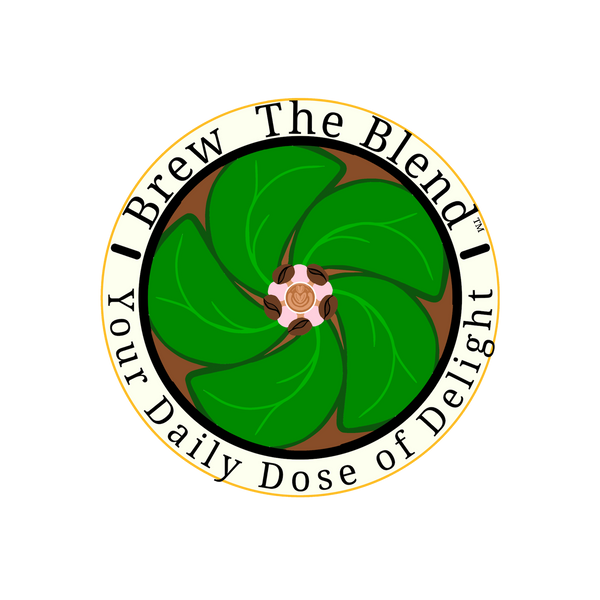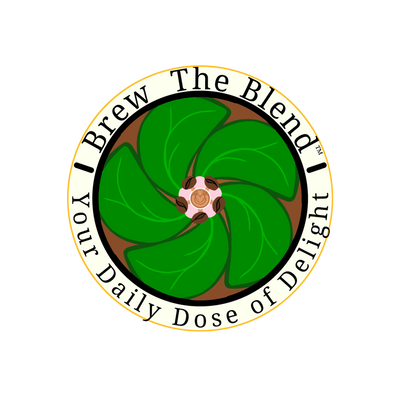
Can you use a paper towel as a coffee filter?
Running out of coffee filters right when you need your morning cup can be frustrating. In moments like these, you might start scanning the kitchen for alternatives and one such alternative can reach you to; can you use a paper towel as a coffee filter?
Surprisingly, the answer is yes. While it’s not the ideal method, a paper towel can act as a temporary substitute in a pinch. It’s important to know how to fold it properly, which type to use, and what to expect in terms of flavor and strength.
We’ll guide you through everything you need to know to make this quick fix work safely and effectively.
Using kitchen paper as coffee filter
When the cupboard is bare, many people ask, “can I use a paper towel for a coffee filter?” The short answer is yes: fold a half‑sheet into a cone, tuck it inside most standard coffee filter holders, add coffee beans, and brew.
Because the fibers are looser than purpose‑made paper, flow‑through is quicker, so grind a touch finer or pour more slowly. If you plan to routinely use paper towel for coffee filter duty, stick with plain, unprinted towels to avoid dyes leaching into your cup. Replace coffee filter hacks like this are lifesavers, but they’re best kept as Plan B.
Paper towel vs coffee filter
A purpose‑built filter is engineered for even extraction. Can you use paper towels as coffee filters every morning? Technically yes, but expect:
-
Thickness variance – commercial filters are uniform; paper towels can channel.
-
Taste – even “unscented” towels may carry a faint kitchen‑paper aroma.
-
Strength – a heavy bloom can collapse flimsy layers, leading to grounds in your mug.
That’s why baristas still reach for the best coffee filter papers for drip coffee service.
Is it safe to use paper towel to brew coffee?
 Safety hinges on two factors: heat stability and chemical migration. Unbleached kitchen rolls are typically certified food‑contact, yet the labels aren’t tested for immersion in near‑boiling water for minutes. So before saying “can I use paper towel as a coffee filter without worry?” check:
Safety hinges on two factors: heat stability and chemical migration. Unbleached kitchen rolls are typically certified food‑contact, yet the labels aren’t tested for immersion in near‑boiling water for minutes. So before saying “can I use paper towel as a coffee filter without worry?” check:
-
BPA/BPS‑free mention
-
No added fragrance (some “select‑a‑size” rolls are perfumed)
Reusable coffee filter options
From French‑press screens to metal cones, reusable coffee filter vs paper debates rage on. For best coffee filters drip brewers, I recommend a gold‑plated #4 mesh: it lives forever and maintains sweet clarity. Cloth, meanwhile, gifts a syrupy body and beats paper for sustainability once you pass 80 uses. Good rule: if you brew daily, break‑even on cloth or metal arrives in about two months.
Brewing coffee with no filter
You can brew without any barrier at all. Coffee and a paper, meaning reading the newspaper while sipping can just as easily be coffee and no paper. Try:
-
Cowboy coffee – boil grounds, settle with a splash of cold water.
-
Turkish ibrik – superfine grinds sink slowly, yielding thick crema.
-
French press – a metal screen, strictly speaking, counts as brewing with no filter in the drip sense.
Unfiltered methods retain oils linked to higher cholesterol; moderation is key.
Can you use napkins as coffee filters?
 Dinner napkins are thinner and often dyed, bad combo. While can you use napkins as coffee filters in a pinch. Sure, yet expect papery flavors and an even greater tear risk. If nothing else is around, double‑up, rinse, and keep an eye on the flow.
Dinner napkins are thinner and often dyed, bad combo. While can you use napkins as coffee filters in a pinch. Sure, yet expect papery flavors and an even greater tear risk. If nothing else is around, double‑up, rinse, and keep an eye on the flow.
Cloth vs paper filter
A perennial debate: reusable coffee filter vs. paper. Paper filters excel in producing a clean cup with bright clarity and require no maintenance—just brew and toss. Cloth filters offer a richer, smoother mouthfeel but demand consistent, thorough cleaning; neglect that, and mildew can quickly ruin both the filter and the flavor.
Metal filters strike a middle ground, offering durability and fuller-bodied coffee, though they may let some fine grounds through. For most home brewers, rotating between cloth and paper filters provides the best of both worlds—flexibility, convenience, and always having a reliable option on hand.
Final Thoughts
Yes, you can use a paper towel as a coffee filter in a pinch—but it’s not a long-term solution. It works best when folded properly and used with care, especially when you’re out of regular filters and still need your daily brew. Still, it’s worth investing in quality filters or a reusable option if you brew often.
While paper towels can do the job in an emergency, nothing beats a high-quality coffee filter for a rich, clean cup. Explore Brew the Blend for premium coffee beans. Upgrade your coffee experience today!
FAQ
1. Can I use a paper towel as a coffee filter?
Yes—fold an un‑printed, two‑ply sheet into a cone, rinse it with hot water to remove dust, and place it in your dripper. It will strain most grounds, though the cup may be a bit cloudier than with a purpose‑made filter.
2. How to use a paper towel as a coffee filter?
Tear off one half‑sheet. Fold corner‑to‑corner, then in half again to form a cone. Trim any excess so the edge sits below the brewer’s rim. Rinse with hot water; discard the rinse. Add coffee, brew as normal, and enjoy.
3. Is it safe to use paper towels as coffee filters?
Generally, yes—most towels meet food‑contact standards. Stick with un‑printed, BPA/BPS‑free varieties and avoid scented rolls. Structural safety matters too: a flimsy towel can tear under the bloom, so double up if it feels weak.
4. What else can I use if I don't have a coffee filter?
Each option changes body and clarity, but all will get caffeine in your cup such as Cloth “filter towel” or clean handkerchief, permanent metal mesh cone, fine‑weave nut‑milk bag, french‑press screen, cowboy‑style: let grounds settle, then pour carefully.
5. Can you make a coffee filter out of a paper towel?
Yes—just shape, rinse, and brew. It’s a classic DIY coffee filter hack that takes under a minute and costs a lot of money.
See Also Other Similar Blogs: How Coffee Packaging Impacts Flavor and Freshness
How Coffee Packaging Impacts Flavor and Freshness

